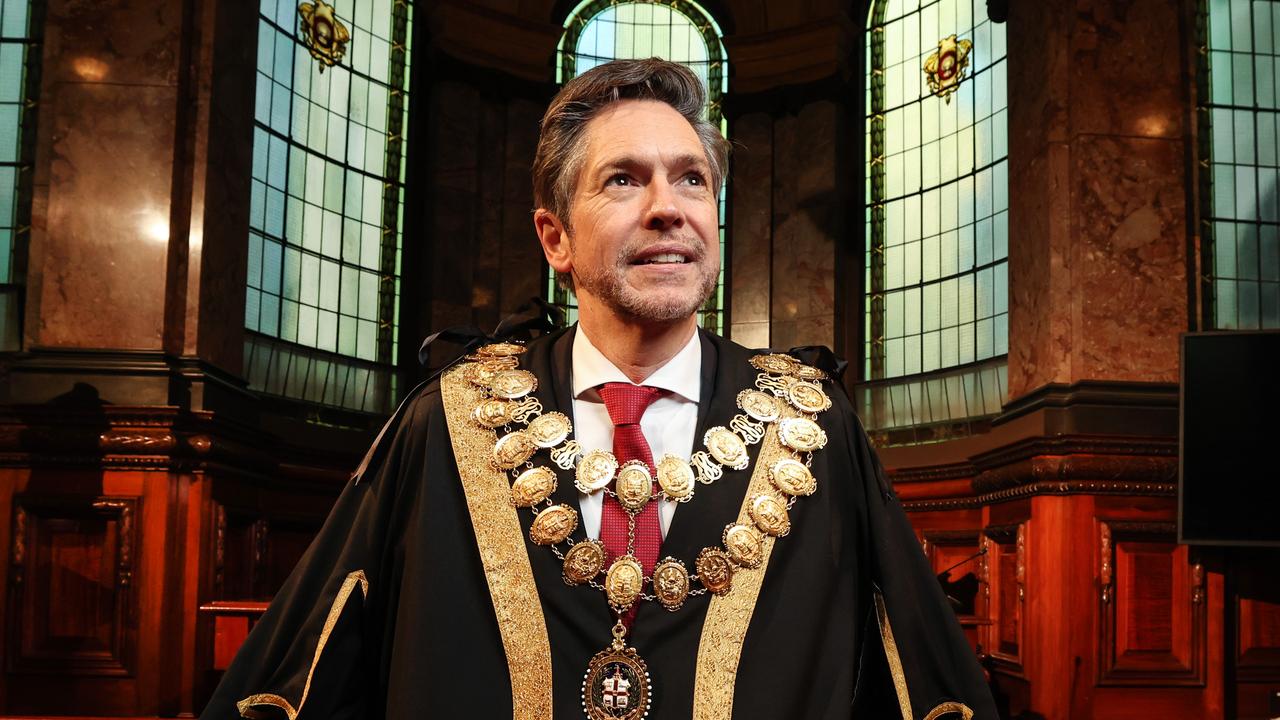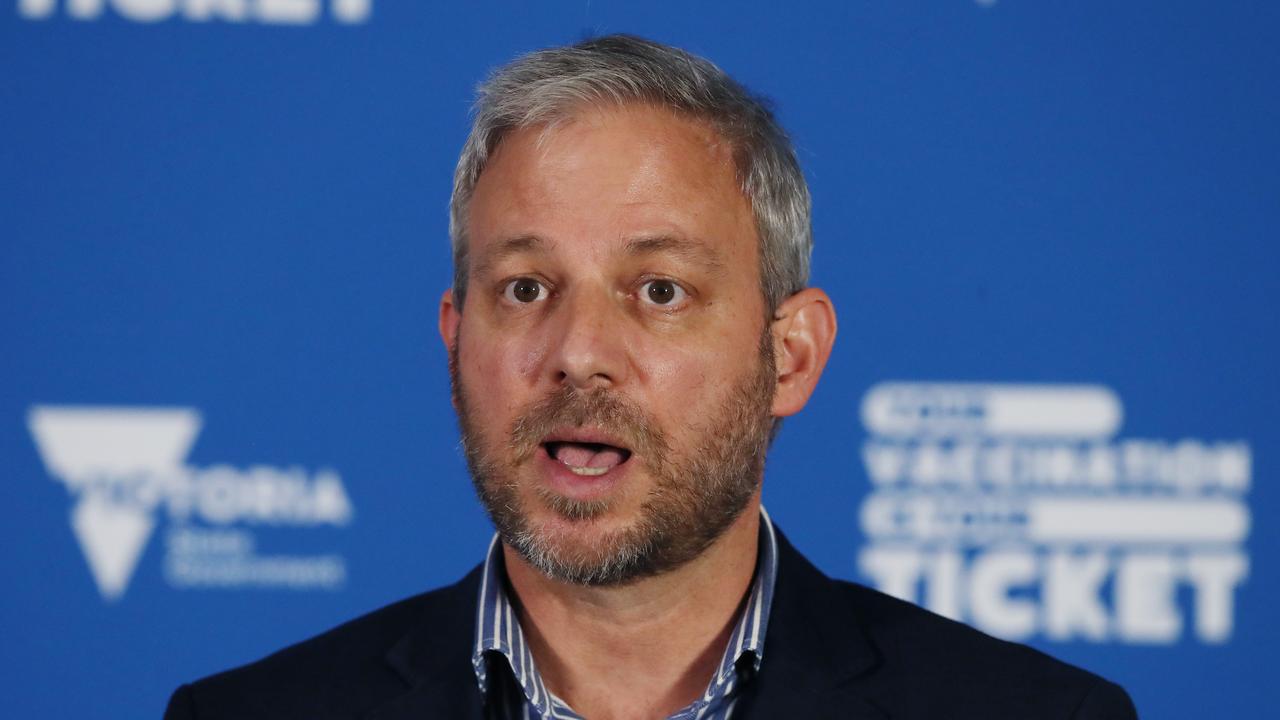Locked gates: Landholders stand firm on right to block AEMO access
AEMO’s new subsidiary Transmission Company Victoria has been locked out of farms along the controversial VNI West route. See why.

Victoria
Don't miss out on the headlines from Victoria. Followed categories will be added to My News.
Victorian farmers are standing firm in their refusal to allow the Australian Energy Market Operator and its subsidiary access to their land to identify easements for the Victoria-NSW Interconnector West’s 500kV transmission lines and 60-80 metres towers.
The message to AEMO from Gooroc grain grower Gerald Feeny is: “Go away, you have no right to be on my farm or even talk to me”.
“We’re not talking compensation or easements on our farms,” Mr Feeny said. “We’re at the stage where they still need to justify the project, because the costs just don’t stack up.
“The reasons it was moved from Bendigo (Mount Prospect to near Echuca to Dinawan) don’t make sense. Why would you build it out here, away from a major population centre?”
Gre Gre North farmer Jason Barratt said the whole project was “a white elephant, which in 15 years time would be redundant”.
Mr Barratt, who helped organise a tractor rally against the VNI West route in April, is now working with other landholders to mount an even larger rally in Melbourne in mid-August.
AEMO has established a wholly-owned subsidiary, the Transmission Company Victoria, to negotiate with landholders over access and easements along its selected route.

But the new company has already been caught out trying to claim it had the power to enter properties, issuing a landholder guide last week that stated “in circumstances where we cannot reach voluntary agreement (on access), an electricity corporation may be able to access land under Section 93 of the Electricity Industry Act 2000”.
However TCV is not an electricity corporation under the Act, prompting the Victorian Farmers Federation to demand the guide be amended.
By Monday this week TCV had redrafted the guide to state “at the time of publication of this guide, TCV cannot access private land without the consent of the landholder. We need your consent”.
TCV tried to leave the door open on gaining access rights, stating: “In the future, TCV may become an ‘electricity corporation’ for the purposes of the EIA. If that occurs, TCV may seek to rely upon section 93 of the EIA for specific access requirements”.
But to be licensed under the Act an electricity corporation must generate, transmit or distribute electricity, something that neither AEMO nor TCV does.
Meanwhile TCV has issued a report on constraints to building VNI West along the Bulgana-Murrabit Victorian section of the route, which is subject to flooding and covers large tracts of irrigation country in the north.
Electrical engineer and former chief operating officer of Queensland’s transmission operator Powerlink, Simon Bartlett has already identified the most likely route that hugs the western edge of the corridor.
More Coverage
Originally published as Locked gates: Landholders stand firm on right to block AEMO access








